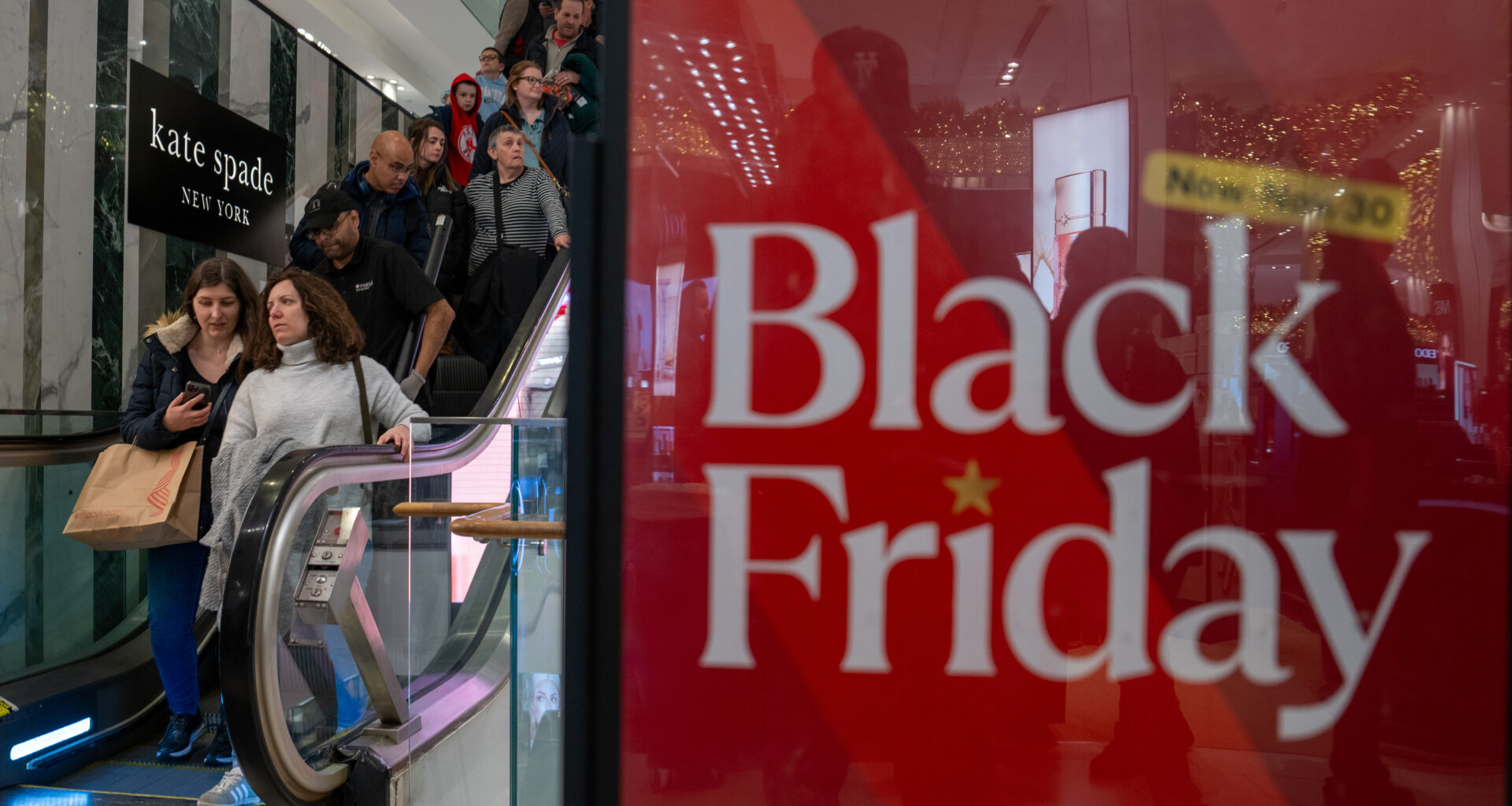(TNND) — The National Retail Federation pointed to October sales growth as consumer “momentum” heading into the holiday shopping season.
October retail sales grew 5% from last year and were up in most categories, led by digital products, like books and games, clothing, and sporting goods, the NRF said Monday.
The October report comes on the heels of the NRF’s annual holiday forecast that called for sales to pass the $1 trillion mark for the first time.
“We are bullish about spending this holiday season,” NRF president and CEO Matthew Shay said in a press call last week.
Shay and his NRF colleagues acknowledged low consumer sentiment. But they said that doesn’t seem to be keeping folks from spending on special occasions, including this holiday season.
Shay said consumers, who account for nearly 70% of our national economic activity, have been surprisingly active despite inflation fears from tariffs.
“A lot of that is due to the creative work of retailers to avoid passing on any price increases. A lot of that is due to consumers pulling sales forward, inventory coming in, pre-tariff inventory, the stop-and-start nature of the tariffs themselves all contributed,” Shay said.
“But nevertheless, we’ve seen spending behavior that is very strong through the year. But we know that inside of that strength, consumers are being much more price sensitive.”
Mark Mathews, the NRF’s chief economist and executive director of research, said inflation is changing how people spend, rather than the total amount they are spending.
And he said as prices on products rise, Americans will likely accommodate by pulling back on eating out or other forms of recreation.
The NRF is forecasting holiday sales, from Nov. 1 to Dec. 31, to increase between 3.7% and 4.2% and reach a total between $1.01 trillion and $1.02 trillion.
Americans spent $976 billion last year.
By comparison, holiday sales totaled just over $600 billion a decade ago.
There are challenges to holiday spending this year, according to the NRF.
The government shutdown is one, though Mathews said spending impacted by the shutdown is likely to recover once it’s over.
Weather always has the potential to be a thorn for holiday shoppers, he said.
And tariffs add uncertainty and price pressure for consumers and retailers, the NRF said.
The NRF and Hackett Associates, a maritime trade and supply chain consulting firm, reported that holiday store shelves are well stocked.
And import activity is expected to fall over the last couple of months of the year.
Hackett Associates partner Daniel Hackett told The National News Desk on Monday that retailers usually bring in most of their holiday merchandise by August or September. So, a slowdown in November and December isn’t unusual.
But retailers tried to beat tariffs as best they could this year, and the peak of import activity arrived a month or so earlier than normal.
He said the November and December drop in imports is also expected to be steeper than usual because of the pull-forward of cargo.
Trade policy is more settled than it was earlier this year, although plenty of questions remain. President Donald Trump’s tariffs are now before the Supreme Court.
“Even with these recent trade agreements, we’re looking at elevated tariff levels compared to where we were in January,” Hackett said.
The effective tariff rate is around 18%, according to the Yale Budget Lab. That’s the highest since 1934 and up from 2.4% at the beginning of the year.
The NRF officials said retailers have done what they can to blunt the impact of tariffs on their customers.
And Mathews said in last week’s press call that retailers are expected to be pretty aggressive with promotions this holiday season.
He also said consumers are indicating they’re holding off for Black Friday sales.
Shay said Americans are planning and budgeting for holiday spending. And they are making it a priority.
But seasonal hiring might be at its lowest level in more than 15 years, he said.
The NRF is forecasting between 265,000 and 365,000 seasonal hires, down from 442,000 last year.
That seems to reflect the weakness in the jobs market.
But Mathews said unemployment remains in check, and wages have now exceeded inflation for over 30 months.
He said consumers remain in pretty good shape, even if he recognized the struggles felt by lower-income households.

